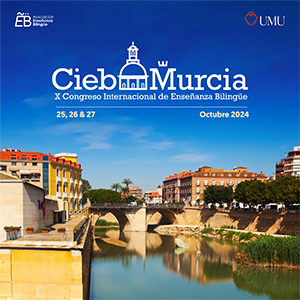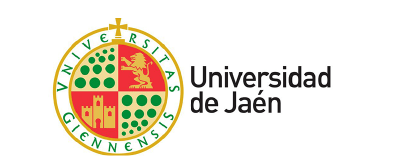María Luisa Pérez Cañado
Department of English Philology, University of Jaén, Spain
Abstract:
This article examines the appearance of the “pendulum effect” in the CLIL research arena and makes a case for a balanced, disinterested, and methodologically sound approach to continue driving the CLIL agenda forward. It is written as a response to the steady stream of criticism to which CLIL research has recently been subjected and which is primarily embodied by Bruton (Is CLIL so beneficial, or just selective? Re-evaluating some of the Research. System 39.523–532 (2011b), CLIL: Some of the reasons why... and why not. System 41.587–597 (2013), CLIL: Detail matters in the whole picture. More than a reply to J. Hüttner and U. Smit (2014). System 53. 119–128 (2015)) and Paran (Content and language integrated learning: Panacea or policy borrowing myth? Applied Linguistics Review 4(2). 317–342 (2013), on whose articles it focuses in order to redress the balance on the chief three fronts which these authors explore: CLIL characterization, implementation, and investigation. Within each one, it counters incorrect data and biased interpretations, updates obsolete information which renders certain arguments invalid, and identifies and provides solutions to the main caveats in the CLIL research hitherto conducted. The ultimate aim is to illustrate how we should neither harbor an excessively optimistic view on the way CLIL is playing out nor maintain an overly dismal outlook on the feasibility of its implementation, and to carve out a future research agenda in order to bring the pendulum to a standstill through solid, unskewed, and unbiased CLIL research.
Keywords: CLIL, pendulum effect, characterization, implementation, research











